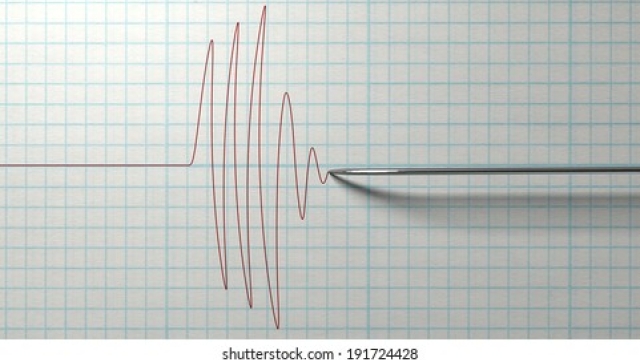
In a world where truth and deception walk a fine line, lie detector tests have long been hailed as a tool to separate fact from fiction. These tests, also known as polygraphs, have captured the imaginations of many, promising a glimpse into the honesty of an individual’s words. But do these tests truly hold the key to unmasking deception, or are they simply a flawed mechanism riddled with complexities and uncertainties?
The concept of lie detector tests taps into our innate desire for certainty and clarity in the realm of human interactions. By measuring physiological responses such as heart rate, blood pressure, and skin conductance, these tests aim to uncover the hidden truths that lie beneath spoken words. However, the very nature of human physiology introduces a layer of intricacy, blurring the lines between genuine reactions and deceptive maneuvers.
History of Lie Detector Tests
Lie detector test
The concept of lie detection dates back to ancient times, where methods such as trial by ordeal were used to determine innocence or guilt. These methods were often based on superstition and not scientific principles. It wasn’t until the early 20th century that modern polygraph tests were developed, paving the way for more reliable methods of detecting deception.
One of the pioneers in the development of lie detector tests was William Moulton Marston, an American psychologist who invented the systolic blood pressure test in the early 1900s. Marston’s work laid the foundation for the modern polygraph, which measures physiological responses such as heart rate, blood pressure, and breathing patterns to determine whether someone is being deceptive.
Over the years, advancements in technology and psychology have led to the refinement of lie detector tests. While polygraph tests are not foolproof and have faced criticism for their accuracy, they continue to be used in various settings such as law enforcement and government agencies as a tool to verify information and uncover deception.
How Lie Detector Tests Work
Lie detector tests, also known as polygraph tests, work by measuring physiological responses in individuals when they are asked a series of questions. These responses can include changes in heart rate, blood pressure, respiratory rate, and skin conductivity. The underlying principle is that when someone is being deceptive, these physiological responses tend to fluctuate, indicating stress or nervousness.
During a lie detector test, a trained examiner asks a series of baseline questions to establish normal physiological responses for the individual being tested. Following this, the examiner asks specific relevant questions designed to elicit deceptive responses, if present. The polygraph machine records and charts the individual’s physiological responses throughout the questioning process.
The examiner then analyzes the recorded data, looking for patterns or anomalies that may indicate deception. While lie detector tests are often used in certain settings such as law enforcement or pre-employment screenings, it is important to note that the accuracy and reliability of these tests can be debated among experts in the field.
Limitations and Controversies
When it comes to Lie Detector Tests, there are various limitations that cast doubt on their reliability. One major issue is the susceptibility to mental and physical factors that can affect the results. Stress, anxiety, and even certain medical conditions can skew the readings, leading to false interpretations.
Critics of Lie Detector Tests often point out the lack of standardization and consistency in the testing procedures. The interpretation of the results can vary depending on the examiner’s expertise and the testing environment. This inconsistency raises concerns about the objectivity and accuracy of the test outcomes.
Another controversy surrounding Lie Detector Tests is their admissibility in legal proceedings. While some jurisdictions allow the results as evidence, many courts question the scientific validity of the tests and consider them unreliable. This ongoing debate highlights the contentious nature of relying solely on Lie Detector Tests as a definitive measure of truthfulness.



